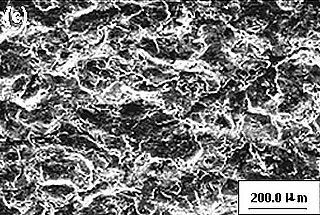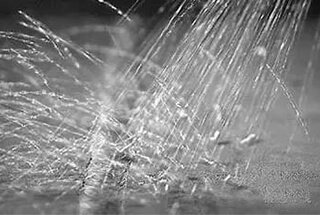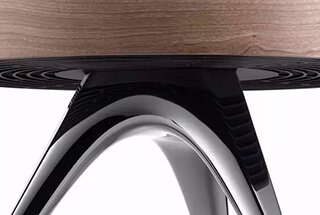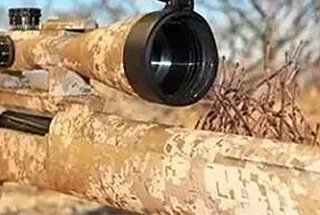
Have you ever considered the importance of surface treatment in manufacturing? In this blog post, we’ll explore the various types of surface treatment processes and their applications. Our expert mechanical engineer will provide insights into how these techniques enhance product quality, durability, and aesthetics. Discover the science behind these methods and learn how they can benefit your manufacturing projects.
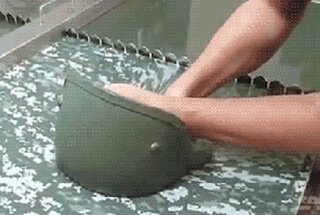
Surface treatment is a process of artificially forming a surface layer with mechanical, physical, and chemical properties different from the substrate on the surface of the substrate material. The purpose of surface treatment is to meet the product’s corrosion resistance, wear resistance, decoration, or other special functional requirements.
For metal castings, the more commonly used surface treatment methods are mechanical polishing, chemical treatment, surface heat treatment, and spray painting.
Surface treatment involves cleaning, sweeping, deburring, degreasing, and removing the oxide layer from the workpiece surface.
Surface treatment is one of the oldest techniques, and since there have been humans on Earth, it has been one of the first technologies they mastered. The life of primitive humans was extremely difficult, they lived in groups, and for survival, they made stone tools. They used grinding techniques to give the stone tools sharp edges, creating a “sharp-splitting” effect. By the time of the Neolithic Age, the stone tools used by primitive humans were thoroughly ground, with a delicate and smooth surface, emphasizing decorative effects, and had become the mainstream of the era.
In primitive societies, equally important to grinding stone tools was the primitive painting technology. Primitive humans already had a sense of beauty, and in the late Paleolithic Age, they used mineral pigments to paint small items for personal amusement. By the Neolithic period, the invention of pottery brought the primitive color painting technology to its peak, forming the famous colored pottery art in history, marking the beginning of surface treatment painting technology.
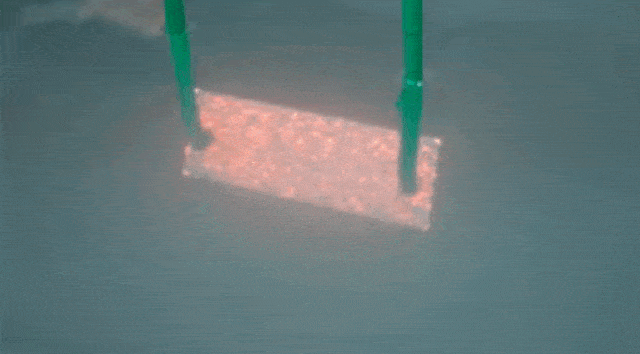
Micro-Arc Oxidation (MAO), also referred to as Micro-Plasma Oxidation, is a process that involves the combination of electrolyte and specific electrical parameters.
This process results in the growth of a ceramic film on the surface of aluminum, magnesium, titanium, and their alloys. The film is primarily composed of base metal oxides and is produced by the instantaneous high-temperature and high-pressure effect of arc discharge.
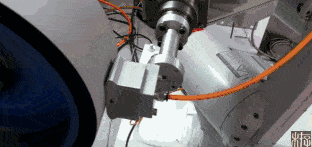
Metal Wire Drawing is a surface treatment technique that creates decorative lines on the surface of a workpiece through the process of grinding.
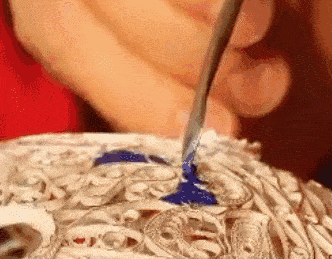
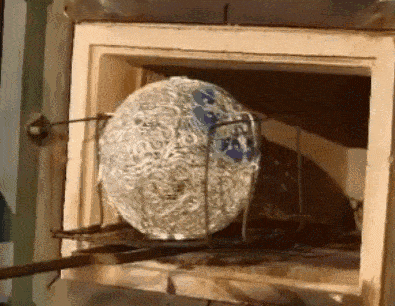
Bluing is a process in which the entire body is coated with a color glaze and then fired in a blast furnace at a temperature of around 800°C.
The color glaze transforms from a granular solid into a liquid state as it melts, and after cooling, it forms a beautiful color glaze that is fixed to the body.
At this point, the height of the color glaze is lower than the copper wire, so the glaze must be refilled.
It is then sintered, typically four to five times in a continuous process, until the pattern is filled to match the level of the wire pattern.
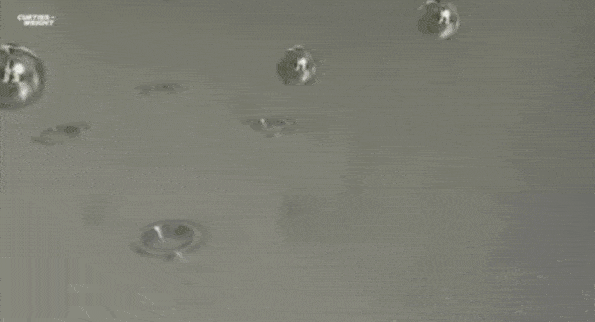
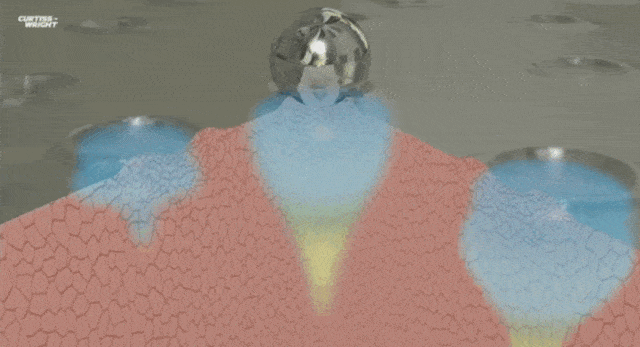
Shot Blasting is a cold working method that involves bombarding the surface of a workpiece with pellets. This results in the implantation of residual compressive stress, which enhances the fatigue strength of the workpiece.
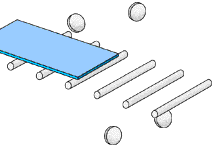
Sand Blasting is a process of removing impurities and roughing up the surface of a substrate by the impact of a high-speed sand stream.
This is achieved by using compressed air to create a high-speed jet beam that sprays the blasting material (such as copper ore sand, quartz sand, corundum, iron sand, or Hainan sand) onto the surface of the workpiece at a high speed, altering its appearance or shape.
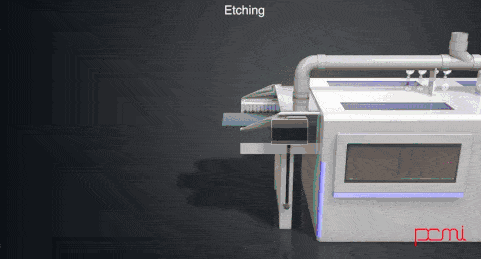
Etching is a method of removing material through chemical reaction or physical impact.
Typically, this process is also known as Photochemical Etching, which involves removing the protective film from the area to be etched after exposure and development, and then immersing it in a chemical solution that causes dissolution and corrosion. This results in the creation of uneven surfaces or hollow molding.
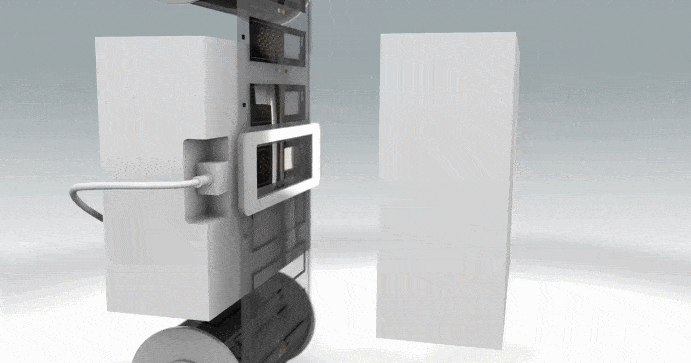
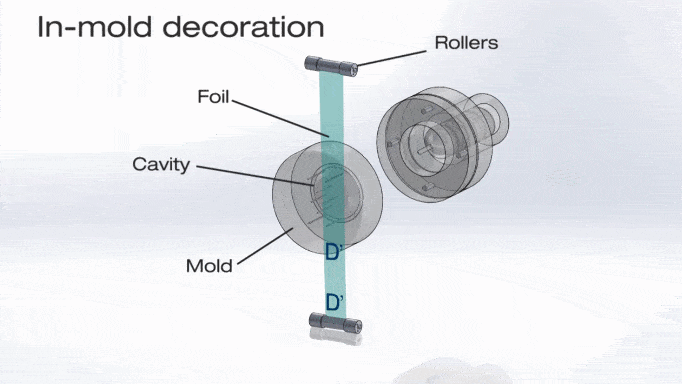
IMD, or In-Mold Decoration, is also known as Painting-Free Technology and is a widely-used surface decoration technique.
The technology consists of a hardened transparent film on the surface, a printed pattern layer in the middle, and an injection layer on the back. The ink in the middle provides protection against friction and prevents scratches, while also ensuring the color remains bright and doesn’t fade over time.
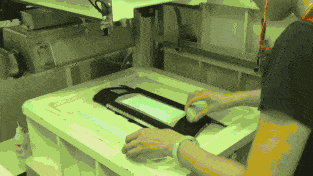
Out-Mold Decoration is a combination of visual, tactile, and functional elements in a display.
It is an extension of IMD (In-Mold Decoration) technology and involves a 3D surface decoration technique that combines printing, textural structure, and metallization characteristics.
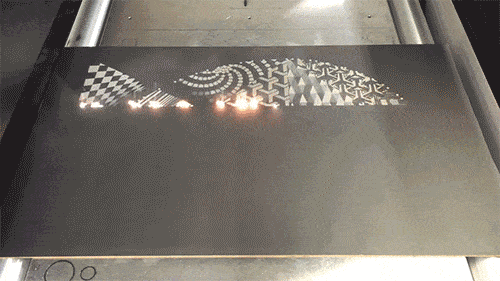
Laser Carving, also referred to as Laser Engraving or Laser Marking, is a surface treatment process that utilizes optical principles. In this method, laser beams are utilized to create permanent markings on the surface of objects or within transparent materials.
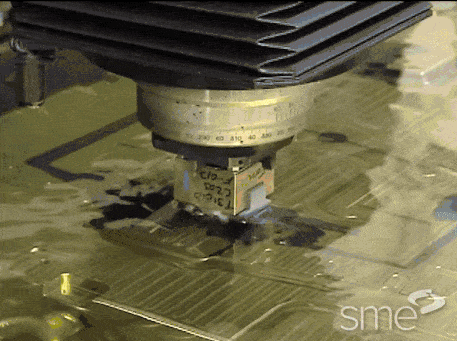
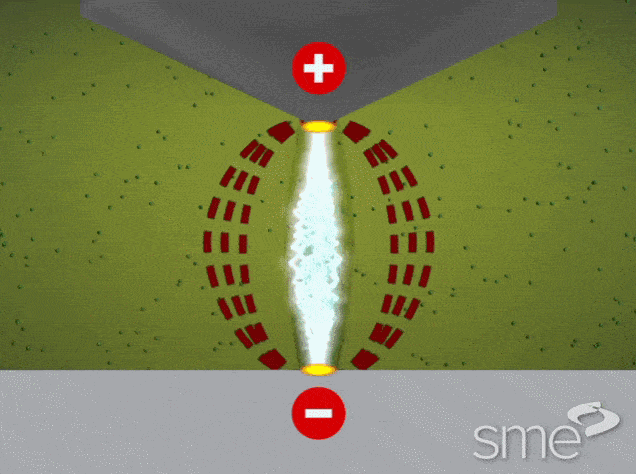
Electrical Discharge Machining (EDM) is a specialized machining method that utilizes electrical discharge to remove conductive materials. It involves pulses of discharge between two electrodes that are immersed in a working fluid.
Tool electrodes are usually made of corrosion-resistant materials with good conductivity, high melting points, and easy to process, such as copper, graphite, copper-tungsten alloys, and molybdenum.
During the machining process, the tool electrode experiences some wear, but it is significantly less than the amount of metal removed from the workpiece and may even result in no loss.
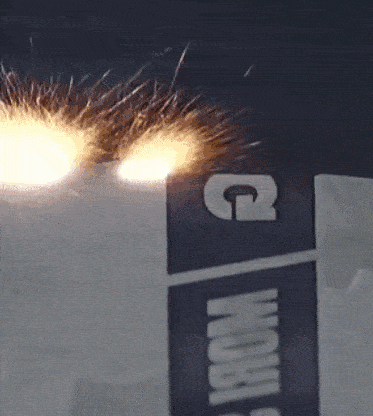
Laser Texturing is a process that utilizes high-energy density laser to produce patterns on the surface of steel, such as snake skin, etching, pearlite, or other forms of lines.
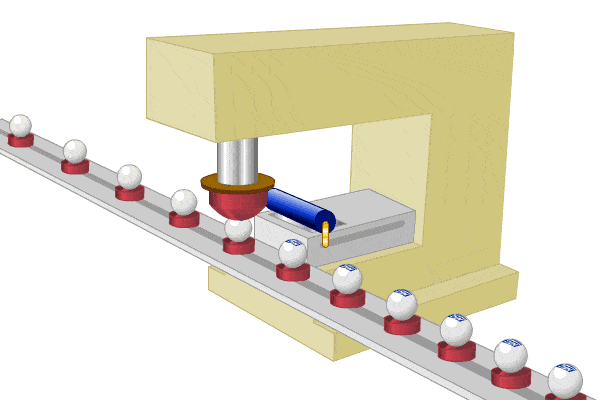
Pad Printing is a specialized printing method that uses a curved pad made of silicone (or copper, thermoplastic) and a silicone rubber material. The process involves dipping the ink from the gravure onto the surface of the pad and then pressing it onto the surface of the desired object to print text, patterns, and other designs.
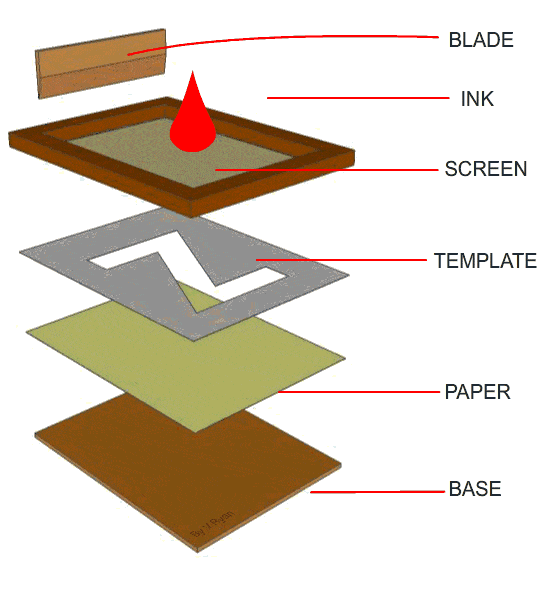
Screen printing is a printing method that involves the use of silk, synthetic fiber, or metal screens that are stretched over a frame. The screen is made using hand-painted film or photochemical plate-making methods, with modern screen printing technology using a photosensitive material to create the screen plates through photoengraving.
This process exposes the graphic part of the screen plate to produce screen holes and blocks the screen holes in the non-text part.
During printing, ink is transferred to the substrate by pressing a blade against the screen, which squeezes the ink through the graphic part of the screen and forms a graphic that matches the original.
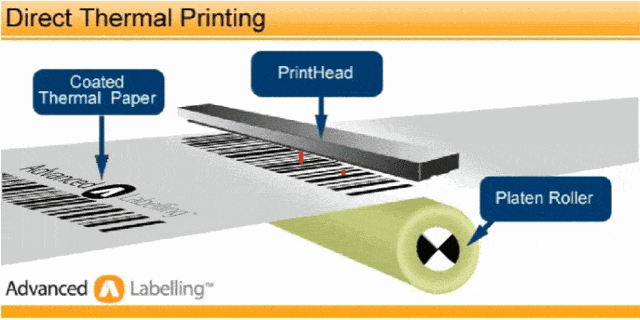
Direct Thermal Printing refers to the process of applying a heat-sensitive agent to paper to make it a heat-sensitive recording paper. The thermal recording paper changes the physical or chemical properties of a substance (developing agent) when exposed to heat, resulting in an image.
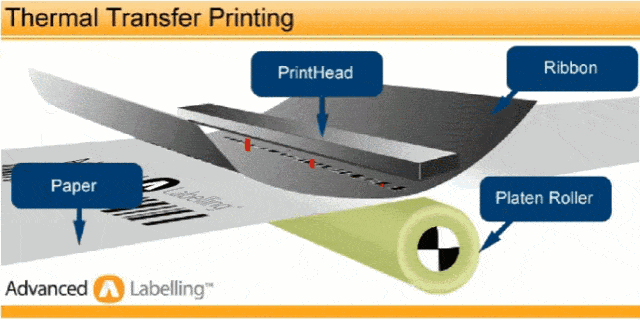
The principle of heat transfer printing involves printing a digital pattern using a printer and special transfer ink on a transfer paper, and then using a transfer machine to transfer the pattern to the product surface with high temperature and pressure, thereby completing the product printing.
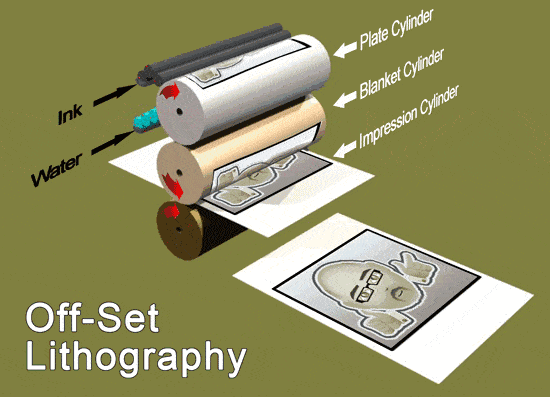
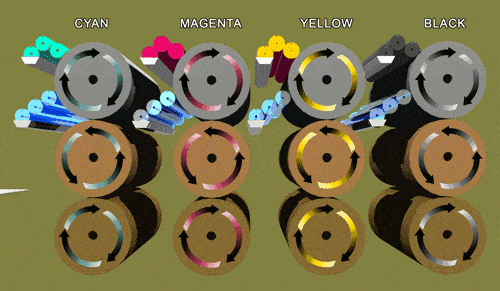
Since the graphic and non-graphic parts on the planography are on the same plane, in order to make the ink distinguish between the pattern part and the non-pattern part of the printing plate during printing, the principle of oil-water separation needs to be used.
First, the water supply device of the printing plate component supplies water to the non-graphic portion of the printing plate, thereby protecting the non-graphic portion of the printing plate from being wet by the ink.
Then, the ink is supplied from the ink supply device of the printing component to the printing plate.
Because the non-graphic portion of the printing plate is protected by water, the ink can only be supplied to the graphic portion of the printing plate.
Finally, the ink on the printing plate is transferred to the milk skin, and the pressure between the rubber roller and the impression cylinder is used to transfer the ink on the milk skin to the substrate to complete a printing.
Therefore, planography is an indirect printing method.
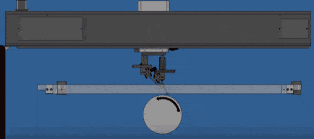
For curved surface printing, the ink is placed in a gravure engraved with characters or patterns. The characters or patterns are then transferred onto the curved surface, and subsequently to the surface of the molded product through the curved surface. The ink is finally cured through heat treatment or ultraviolet light exposure.
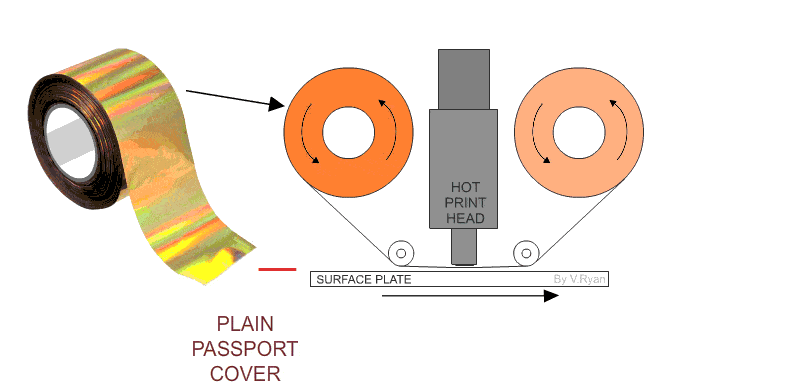
Hot stamping refers to the process of applying text and patterns made from materials such as foil to the front or back cover of hardcover books, or embossing book names or patterns through hot pressing.
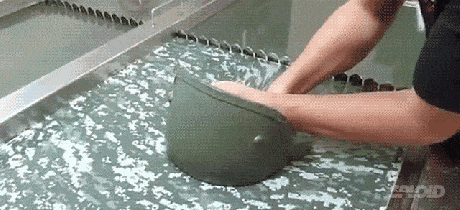
Water transfer printing is a type of printing that utilizes high pressure to transfer color patterns onto a substrate from a hydrolyzed transfer paper or plastic film. The process includes the production of water transfer printing paper, soaking of the decorative paper, transfer of the pattern, and drying of the finished product.
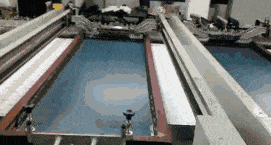
The flat screen printing mold consists of a polyester or nylon screen (also known as a ‘flower plate’) that is mounted on a square frame and has a stencil pattern. The stencil pattern allows the color paste to pass through the patterned part of the flower plate, while the non-patterned part is sealed with a polymer film layer.
During printing, the flower plate is pressed against the fabric and filled with color paste. The paste is then scraped back and forth with a scraper, causing it to penetrate the pattern and reach the surface of the fabric.
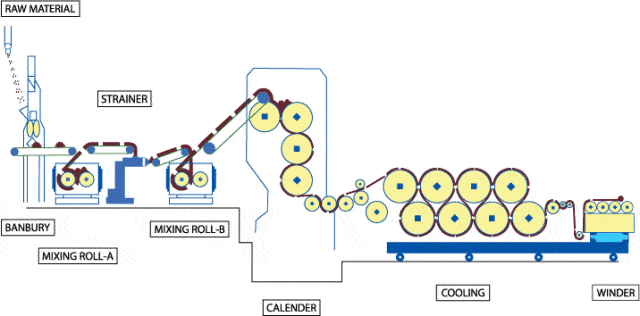
Calendering is a finishing process for heavy leather that uses heat and pressure to create a smooth and glossy surface. The process involves feeding the material into a machine where it is heated and melted, then formed into a sheet or film and cooled before being rolled up.
The calendering process leverages the plasticity of fibers to flatten the fabric surface or produce fine, parallel oblique lines. The most commonly used material for calendering is polyvinyl chloride.
Before painting, the process of removing adhered or generated foreign matter from the base surface to improve the adhesion between the base surface and the coating or to provide the surface with certain corrosion resistance, can also be called pretreatment.

